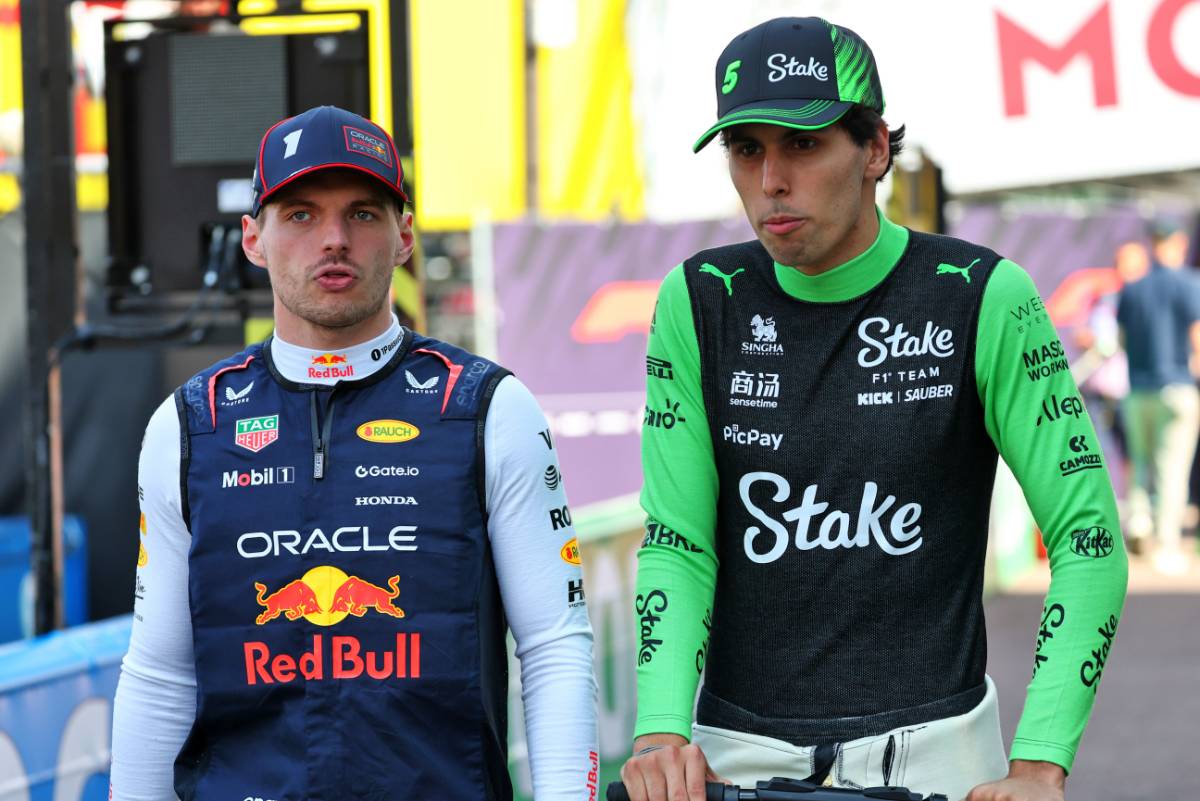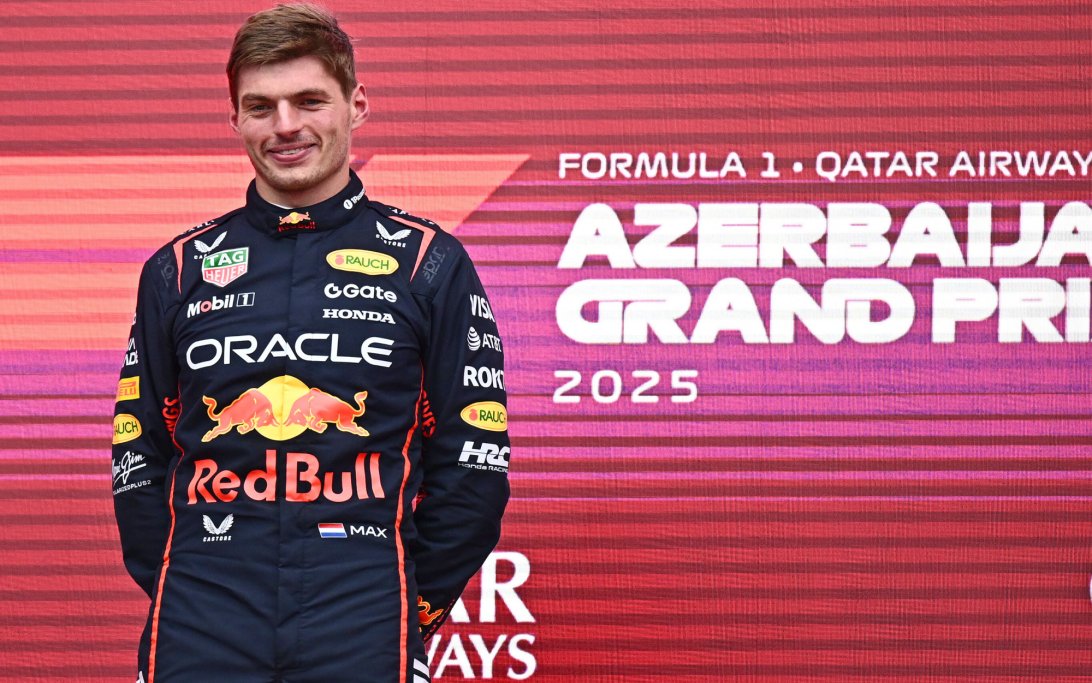
Even the Greatest: F1 Legends' Most Embarrassing Crashes
Even the most legendary F1 drivers have had their share of embarrassing and often costly crashes, proving that even at the pinnacle of motorsport, mistakes happen. From Juan Manuel Fangio's fatigue-induced somersault at Monza to Ayrton Senna's inexplicable lapse at Monaco, these incidents highlight that no driver, regardless of their skill or championship pedigree, is immune to a critical error, often with significant consequences for their race or even their season.
Why it matters:
- The pressure in Formula 1 is immense, and these stories underscore that even the greatest drivers can crack under it or make simple human errors.
- It provides context for current events, such as Oscar Piastri's recent struggles, showing that 'bottling it' is a concept that has touched every era of F1.
- These incidents often reveal the intense psychological and physical demands placed on drivers, as well as the unforgiving nature of the sport.
The Details:
- Juan Manuel Fangio (1952 Monza Grand Prix): The five-time world champion crashed spectacularly due to severe fatigue after driving overnight from another race. His car somersaulted, causing him a broken neck and hospitalizing him for weeks.
- Alberto Ascari (1955 Monaco Grand Prix): Leading the race after both Mercedes cars retired, the notoriously superstitious double world champion inexplicably lost control at the chicane, plunging his Lancia into the harbor. He broke his nose but famously quipped, "At least I can swim."
- Jim Clark (1965 Race of Champions): In his championship-winning year, the peerless Jim Clark spun wide at Brands Hatch, putting a wheel on the grass and hitting an earth bank. He later claimed he was testing tires but couldn't explain the uncharacteristic error.
- Jack Brabham (1970 Monaco Grand Prix): On the final lap, leading the race, 'Black Jack' was baulked by a backmarker and went off the racing line. His front wheels locked, sending him into the barrier and handing the victory to Jochen Rindt.
- Jody Scheckter (1973 British Grand Prix): In only his second championship race, the future world champion caused a massive multi-car pile-up at Woodcote while aggressively challenging around the outside, eliminating nine cars and red-flagging the race.
- Ayrton Senna (1988 Monaco Grand Prix): After a legendary qualifying lap, Senna inexplicably crashed out of a dominant lead with fewer than 12 laps to go. He admitted to losing concentration and rhythm after being told to slow down by his team.
- Alain Prost (1991 San Marino Grand Prix): The 'Professor' bizarrely spun off the wet track during the formation lap, beaching his Ferrari and failing to start the race. This marked a low point in his relationship with the Scuderia, leading to his eventual firing that season.
- Mika Häkkinen (1999 Italian Grand Prix): Leading comfortably and battling for the championship, Häkkinen locked his rear wheels and spun into the gravel at the first chicane. He had downshifted one gear too many in a lapse of concentration, famously sitting behind a tree and weeping, captured by a TV helicopter.
The Big Picture:
These incidents serve as powerful reminders that Formula 1 is a sport of razor-thin margins, where even the slightest misjudgment can lead to dramatic consequences. The pressure to perform, the physical demands, and the relentless pursuit of speed combine to create an environment where perfection is sought but rarely achieved consistently, even by the sport's most revered figures.
What's next:
While these moments are etched into F1 history, they also highlight the constant evolution of safety measures and driver training. Modern F1 drivers benefit from advanced simulator work and increasingly robust safety barriers, reducing the frequency and severity of such spectacular errors. However, the human element of pushing boundaries will always carry the risk of a misstep, ensuring that even today's champions are not entirely immune to an embarrassing off-weekend.
Original Article :https://www.motorsport.com/f1/news/when-f1-greats-suffered-embarrassing-crashes/...









